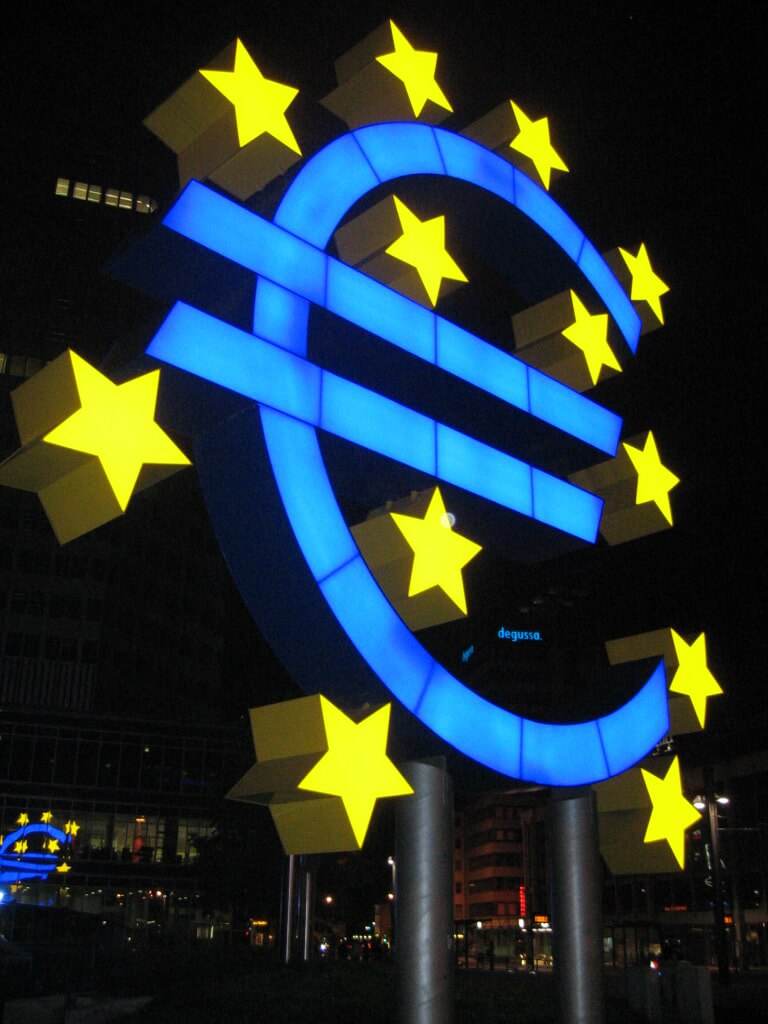Starting with these three articles on Rare Earth Elements(REEs), the Critical Defence Minerals series examines the minerals and materials used in the manufacture of modern military technologies. The first part of this series analyzed the centralization of REE supply, their usages, and recent U.S. domestic legislation regarding issues in their supply. The second part of this series examined the international reaction to China’s illegal REE export quotas in 2012. This article will conclude the examination of REEs by broadening the scope to the European Union(EU).
The EU Common Security and Defence Policy does not particularly address materials required for defence manufacturing. This may be a result of member states wishing to protect their national defence manufacturing industries from EU involvement and influence. The EU has instead focused on civilian applications of materials, addressing their importance for European economies.
The European Union is currently in the process of executing an EU-wide low-carbon plan, which has raised the significance of REEs to governments as they attempt to decrease green house gas emissions by 20% by 2020. This is significant because REEs are required for the strong magnets used in many low-carbon energy generation technologies such as wind turbines. REEs are also significant in non low-carbon industrial activities, such as in fluid-cracking catalyst materials used in oil refining. They are also used in catalysts used in the automobile industry. 20% of global REE supplies are used in catalysts, and 21% are used in magnets, making these the primary end uses for civilian applications.
London is the global leader in metal trading through the London Metals Exchange(LME) for the most-used metals such as aluminum, copper and lead, but not REEs. In the European Commission’s Report on Critical Materials for the EU, which explores all critical materials, heavy REEs were ranked highest for supply risk. EU reports compare supply risk with economic importance to classify the criticality of a mineral supply.
The European Commission’s Raw Materials Diplomacy policy has specifically mentioned rare earths as a resource of interest in policy dialogues with China, Russia, the US, Japan, Canada, and Australia. The commission has provided scientific research funding, and has been attempting to find substitutes for REEs in order to bypass their essential role in many manufacturing processes. There have also been attempts to recycle REEs, but the nature of their usage makes this economically unfeasible. REEs are used in extremely small but critical quantities in most of the technologies requiring them. Recycling involves separating this small quantity from each product.
Many European states have implemented low-carbon plans in cooperation with higher-level European Union commitments, emphasizing green energy. Climate change is a foundational concern of Europe 2020, a massive EU economic development project which, among other things, aspires to reduce green-house gas emissions across Europe. Many of these low-carbon energy technologies rely heavily on REEs, which has has an impact on the focus of reports regarding their sources. In the Netherlands, for example, the Royal Netherlands Chemical Society has produced reports commenting on the importance of REEs in green-energy plans, and their role in the bigger picture of low-carbon commitments. Wind-turbine production is of particular concern, as turbines rely on magnets composed of REEs neodymium, gadolinium, dysprosium, and terbium. The substitution for these REE magnets involves using a gearbox instead, which is more subject to wear and tear, and occasional break-down. REEs are also used in electric car batteries and solar panels.
The supranational framework of the European Union has addressed the issue through a number of working groups and reports. Furthermore, a number of policy commitments such as Europe 2020 require member states to develop low-carbon energy infrastructure reliant on REEs. The EU has published a number of reports, in hopes of promoting further action at the Member State level. These reports highlight the civilian applications of REEs, which are as numerous as their military usages. This is significant because the character of REE supply concerns in Europe are decidedly different from that in the United States, which is more focused on military applications for REEs.





